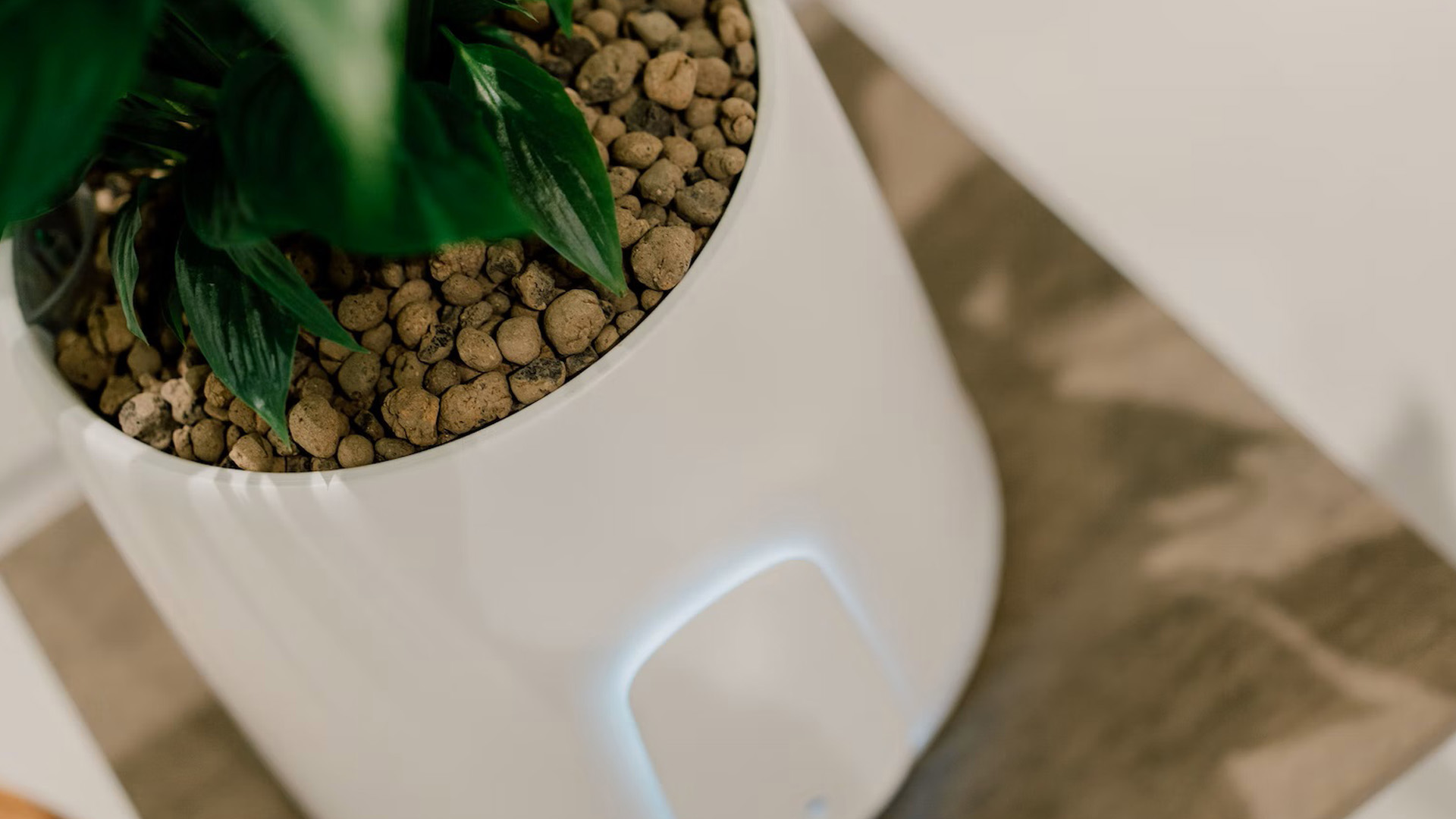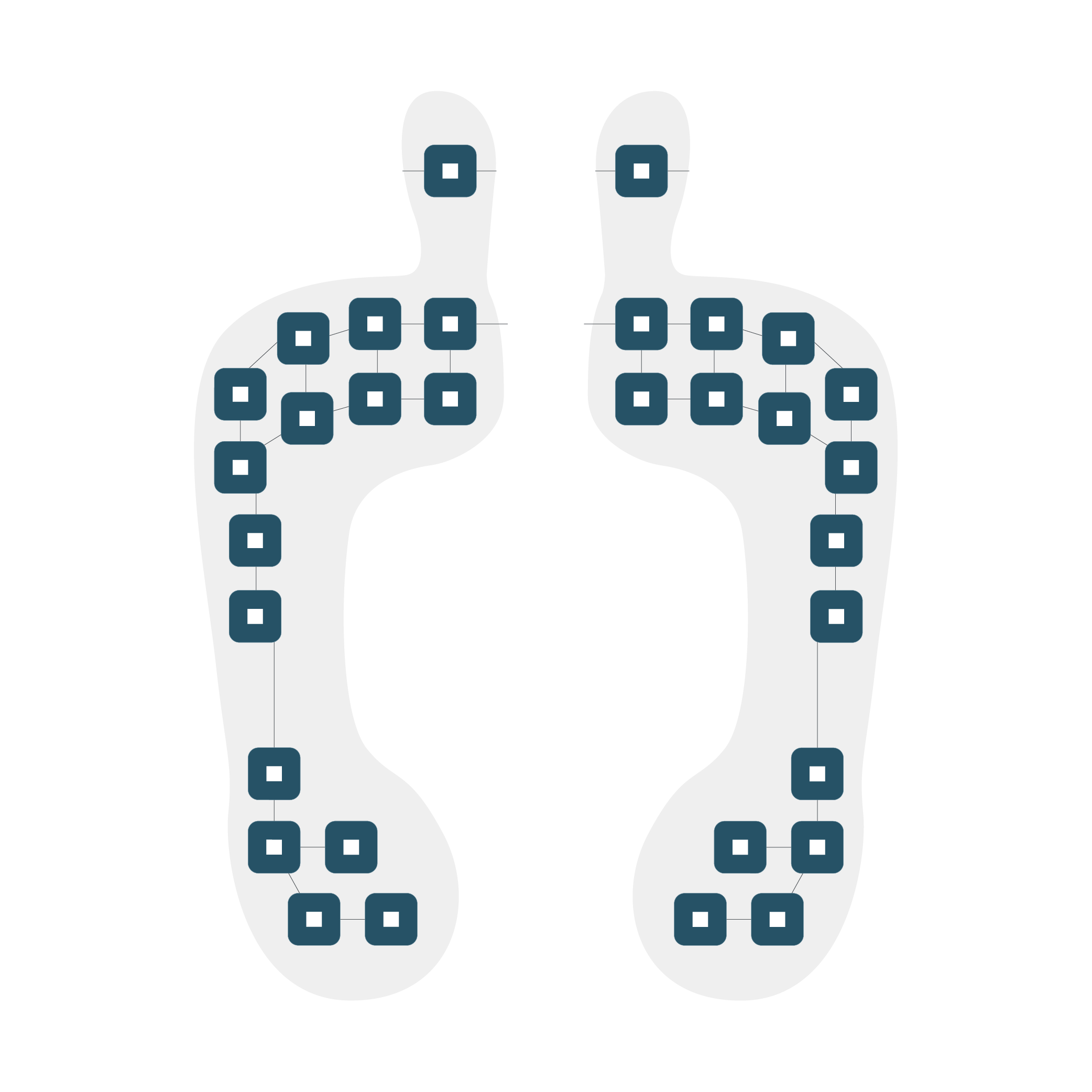How do Smart Sensors Work?
If you are familiar with smart phone navigation apps, autonomous cars, or wearable devices, you are already acquainted with smart sensors. But what is it exactly, and aren’t all sensors smart? Smart sensors are essentially equipped with signal processing, embedded algorithms, and digital interfaces. Simply put, they are embedded with microprocessors and equipped for wireless communication.
This combination is a superpower that endows intelligent sensors with the ability to carry out four main functions: measurement, verification, configuration, and communication. In addition to being smarter than conventional sensors, they typically also come with the advantages of consuming less power overall and providing a higher performance output for the host system.
Measurement is accomplished by detecting physical signals and transforming them into electrical ones. Some of these physical signals include temperature, mass, speed, or pressure. For example, in environmental sensing, smart sensors can detect chemicals, and then change this data into beneficial information.
The configuration function is important for detecting misalignments or installments that lead to disruptive malfunctions. Verification is carried out through equipment that performs various actions, for example, continuously supervising the smart sensor’s behavior. Finally, there is the communication function, which enables interaction between the sensor and the outside world.
Smart Sensor Applications
Smart sensors have been used in a wide range of industries and the applications continue to rise as the cost of implementation continues to fall and the quality of manufacturing improves consistently. More industries are learning the value of having smart sensors on board, whether it’s for worker protection in PPE gear, monitoring machinery, smart farming, or in remote medicine to help patients effectively monitor their health.
Wearable Sensors
Wearable sensors, as the name suggests, are those that have been embedded into devices or garments that are worn on the body. Some wearables include clothes, shoes, watches, glasses, or hearing aids. The most common sensors that are integrated into wearable devices are accelerometers that help monitor body movements and interactions.
Wearable sensor systems can be used in extensively varying contexts, from professional sports to remote medicine. Examples of wearable sensors can be seen in personal protective equipment of first responders that help monitor fluctuations in an environment and send out emergency alerts. Sports teams are also known to invest in wearable sensor systems that help them to develop training and recovery programs. In such cases, wearables are placed on key locations (hands, hips, knees) during training or competitive sessions, and data that is collected is analyzed and translated into insights for improved performance.
Biosignal sensors
Biosignal sensors are miniature, powerful devices that allow us to measure vital data, using non-invasive methods. Biosignals are records of biological events in living beings that can be continually measured and monitored. Electrical, chemical, and mechanical activity produce signals that can be analyzed to provide useful information on the physiology of our bodies. Most common biosignals are electrical in nature, and they manifest as a change in potential across the tissue or the organ of a living organism.
Methods of signal analysis (e.g., amplification, filtering, digitization, processing, and storage) can be applied, generally accomplished with electronic circuits or digital sensors for the measurement and acquisition of data. This means we can apply mathematical calculations and artificial intelligence techniques for information and features extraction. A well-known example is the pulse oximeter that allows you to check your heart rate, but also measures the oxygen saturation in your blood, without pricking your finger.
Proximity Motion Sensors
These are smart sensors that are able to register the presence of objects in their surroundings without making contact with them. Proximity sensors are often used in security systems, collision warning systems or collision avoidance systems. They use light, sound and electromagnetic fields to locate objects in their vicinity and have been applied to robotics, industrial applications and most notably, in automotives to detect other vehicles and for parking assist functions.
Air Quality Sensors
Air quality sensors, as their name suggests, are used to detect various pollutants in the environment in which they operate. They can be adapted for either indoor use in spaces such as offices, living areas, or labs but can also be applied for monitoring outdoor environments depending on the range of the sensors. Ambient sensors can detect volatile organic compounds (VOCs) and monitor the concentration of potentially harmful gases or environmental substances such as high levels of carbon dioxide or other harmful toxins in an area. This includes monitoring industrial sites where the quality of air can be less than ideal for human health.
An example of one such ambient sensor system is an IoT enabled air purifier created in a collaboration between 221e and Vitesy. The IoT-enabled air purifiers enhance the natural ability of plants to purify air or soil with an innovative filtration system to rid the environment of volatile organic compounds (VOCs) and other toxins from the air.
Why are Smart Sensors Gaining Traction?
Smart sensors have several obvious benefits over base sensors including their miniature design, high reliability (accurate and real-time data) and their scalability but there are also other factors driving their increasing popularity.
As Artificial Intelligence continues to proliferate and be introduced into new contexts, AI defined sensors have begun to do the same. Applying AI to sensor-collected data allows us to increase the functionalities of smart sensors, with some being more affected than others. As such, these AI-enabled sensors will continue to generate demand because of their versatility. By introducing AI into the picture, using the same sensor hardware packaging, it is possible to use these sensors within a range of functions.
The costs of sensors, specifically Micro Electro-Mechanical Systems (MEMS) have decreased significantly in costs within the last few years. The driving forces behind this constant drop are increased competition, better manufacturing methods, miniaturization, and the massive growth in demand for consumer electronics. To assume that the drop in costs means a decline in capabilities and quality would be incorrect.
A Sense of the Future
The capabilities of intelligent sensors continue to rise as more people find new and innovative ways to apply them. If current market trends are any indication, the Industrial IoT, automotive industry and smart city engineering will continue to push the implementation of smart sensors. The pandemic of 2020 kicked remote medicine into high gear and increased the demand for wearable sensors, but what are your thoughts? Will this demand for smart sensors continue to surge all around? Will wearables and biosignal sensors follow this same trend with consumers investing in remote medical devices?

